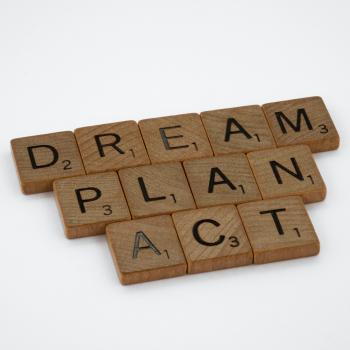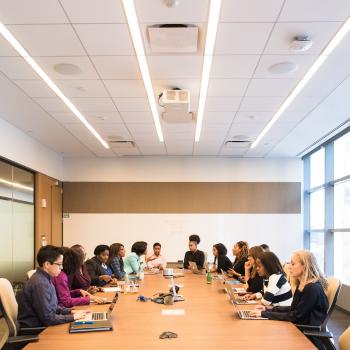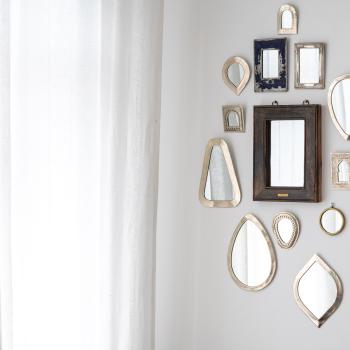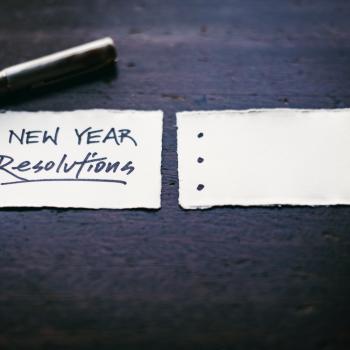We live in New York and walk by thousands of people every day. A group of friends was talking recently about whether or not New Yorkers are rude or if they are just busy, unable to stop and see every one of the millions of others in the city.
The conversation made me think about what it takes to truly see someone. As much as New Yorkers can’t interact deeply with every person they come across, there is a large amount of “people watching” we do. On the trains. In the park. Waiting to cross the street. We’re glancing around and noticing individuals for one reason or another. And there is the constant flow of people in the background, a blurred sort of motion that adds energy to the setting of the city.
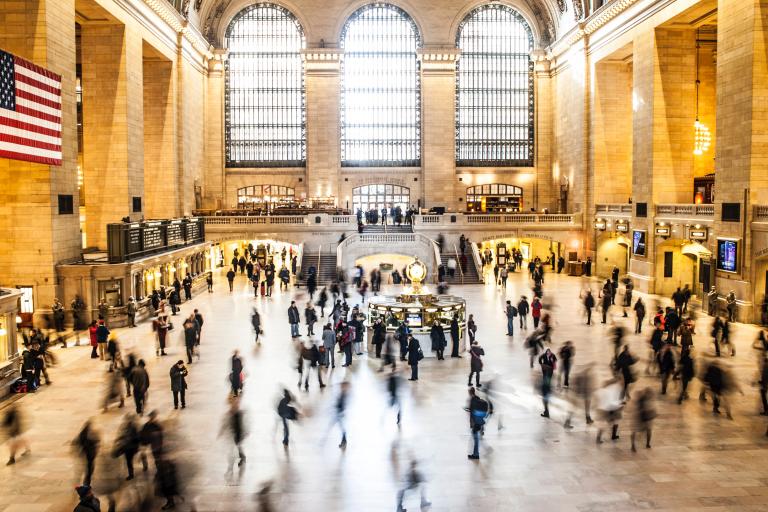
But how often do I truly see someone? Even my friends and family. Those I do know and have developed relationships with. Is it possible I don’t even see them?
Look Around
Seeing people takes looking. What I mean is, it takes intent. If I am glancing at people on the train because I am bored, I will see them only enough to quell my boredom. If I pay attention to the people in my life only to the degree they validate or affirm me, I will only see them for that purpose. I’ll lose interest as soon as the purpose isn’t being met.
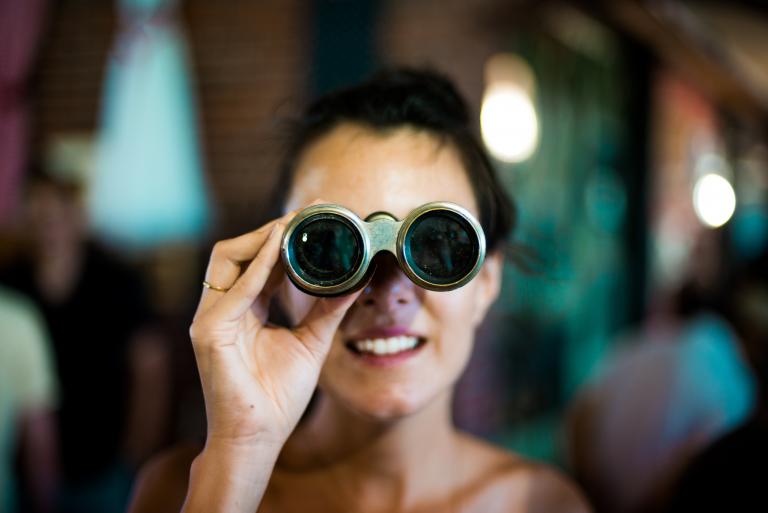
We see to the degree we look. If I want to truly see someone, it takes intent. I have to be interested in who they are. One of the hardest things about truly seeing others is that we are so stuck in our own heads. People are pawns. To truly see them, we have to want to truly see them.
This is a question of value. If we value people as means to our ends, we will see them as such. But if we see people as part of a more royal WE who are pursuing the mission of communal life together, we will see them as a kind of partner on the journey. An extension of who we are and how our identity achieves purpose rather than an other who really has nothing to do with ME.
Know Your Filters
Once we establish the true value of another, the way their diversity and opinion and perspective can serve the whole, the next step to truly seeing someone is internal.
We all have filters that affect the way we see one another. We have a bias toward political parties, religiousness, and sports teams, just to name a few easy ones. We start to color people based on these biases; it is the way our brains make quick work of perceiving people. But sometimes our biases are inaccurate. Sometimes they are dead wrong.
The important thing to consider is that most of what we think when we judge another person is more indicative of us and our perceptions than the deep truth of the person we are interacting with. The humility to understand our own filters won’t keep us from seeing through them. But it will help us to understand what we are seeing and why.
And being aware of this makes it much more likely for us to see the holes or inaccuracies of our own filters. It makes it more likely to see the other person for who they are rather than for what our filters make of them.
Listen

Most of the time, when we are listening to someone, we are just waiting for our turn to speak. We are thinking about ourselves and how this applies to our own lives. Which of MY stories can I tell in this context? What knowledge can I display in this conversation?
We are all fighting so hard to be heard. That includes the person you are trying to see. If we can’t hear, truly hear, what another person is saying, we cannot truly see them. This is an unfortunate reality in many close relationships, including marriages. We are competing to be heard. And nobody is winning. Like belonging, being heard is a two way street. Being seen is a two-way street. If we want it for ourselves, we have to be willing to be on the other side of it too.



